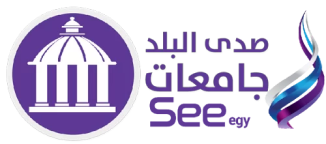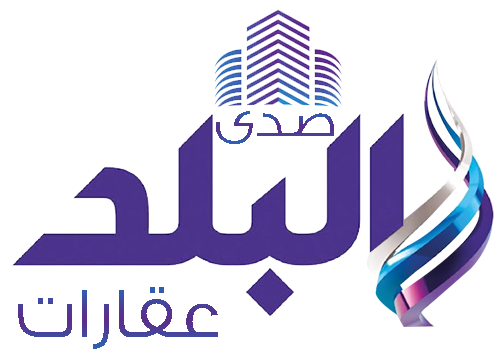Silver prices surged sharply in local and global markets on Monday, as the metal broke above the $40 per ounce level for the first time since 2011, driven by growing bets on U.S. Federal Reserve rate cuts and continued investment and industrial demand for the white metal.
Local and Global Market Performance
In Egypt, silver prices rose notably, with 800 purity silver reaching EGP 53 per gram, 925 purity at around EGP 61, and 999 purity near EGP 66. The silver pound coin (925 purity) climbed to EGP 488.
Globally, spot silver gained 2.6% to reach $40.75 an ounce, its highest level since 2011, lifting its year-to-date gains to roughly 40%. Gold also advanced 1.2%, trading just below its recent record above $3,500 an ounce. Over the past three years, both metals have more than doubled in price amid escalating geopolitical and trade risks.
U.S. Monetary Policy and Trump’s Pressure
This rally was fueled by strong expectations that the Federal Reserve will cut interest rates at its mid-September meeting, particularly in light of signs of weakness in the U.S. labor market. The upcoming Non-Farm Payrolls report due Friday is likely to add further pressure on the Fed to ease policy.
At the same time, President Donald Trump’s criticism of Fed policies raised fresh concerns over the central bank’s independence, following his dismissal of Governor Lisa Cook in a case still pending in court.
Additional Supporting Factors
Several other developments added support to precious metals prices:
A weaker U.S. dollar, boosting purchasing power in emerging markets.
Silver-backed exchange-traded fund (ETF) holdings expanded for a seventh consecutive month.
Persistent supply tightness in London trading hubs, with leasing rates for silver—reflecting the cost of borrowing the metal—remaining high at 2%, well above normal levels near zero.
The inclusion of silver on Washington’s list of critical minerals that may be subject to future tariffs.
Institutional Investment Moves
Institutional flows also stood out:
Harvard’s endowment fund acquired a significant stake in SPDR Gold, the world’s largest gold-backed ETF.
The Saudi Central Bank invested $30.5 million in iShares Silver Trust and around $10 million in the Global X Silver Miners ETF.
Silver’s Appeal Versus Gold
Although gold remains the central banks’ preferred asset, analysts note that silver offers greater relative value. The gold-to-silver ratio has dropped from above 104 in April to around 86, compared with a historical average of 50–60. Silver also enjoys broader industrial use across solar energy, electronics, and electric vehicles, tightening global supply—unlike gold, whose industrial demand is limited.
Global Demand and Physical Investment
According to the Silver Institute, physical investment in silver has risen 34% since the start of 2025, compared with 28% for gold and 18% for Bitcoin.
United States: Still the largest global market, but demand for new silver bars in 2025 has fallen to its lowest in seven years.
India: The second-largest market, with cumulative demand of 840 million ounces between 2010 and 2024; locally traded silver products rose 51% in 2025.
Germany: The third-largest market, dominated by silver coin demand, is expected to recover partially this year (+25% vs. 2024) after a post-2022 slump.
Australia: Has seen rapid growth since 2019, supported by a favorable tax environment.
Investment Bank Forecasts
Morgan Stanley analysts expect Fed rate cuts, a weaker dollar, and rising ETF inflows to support both gold and silver, forecasting another 10% upside in gold and noting silver could outperform their current projections.
Citi Bank meanwhile projects silver could climb above $46 per ounce by the third quarter of 2025, with global demand expected to exceed 1.2 billion ounces this year. This would reinforce silver’s position as a key precious metal with dual appeal—both as an investment asset and as an industrial commodity.












